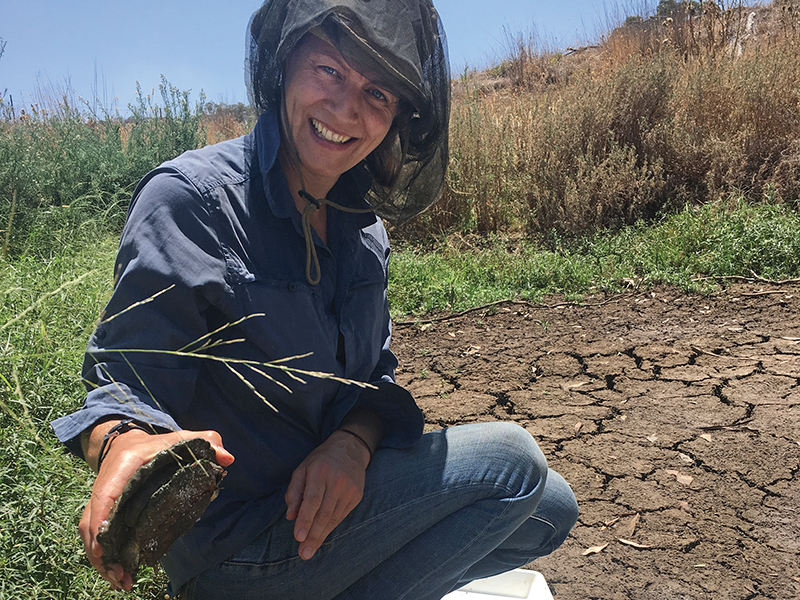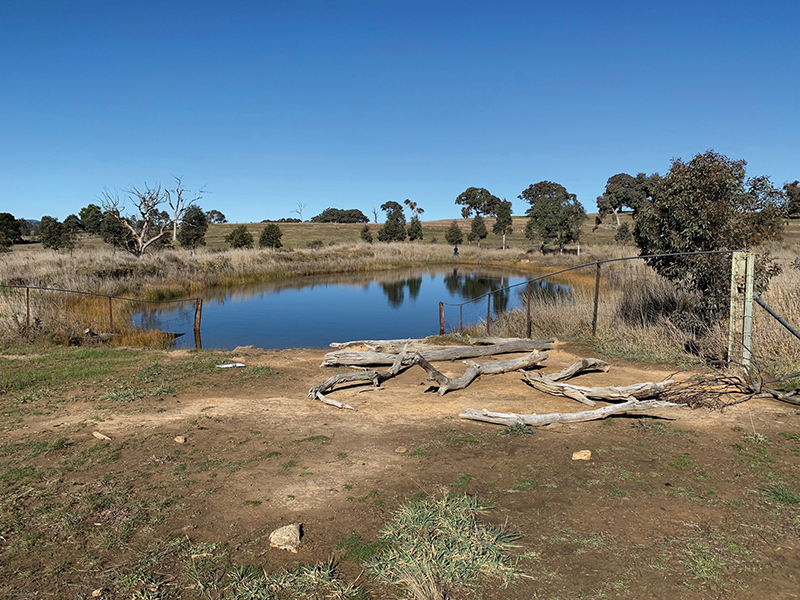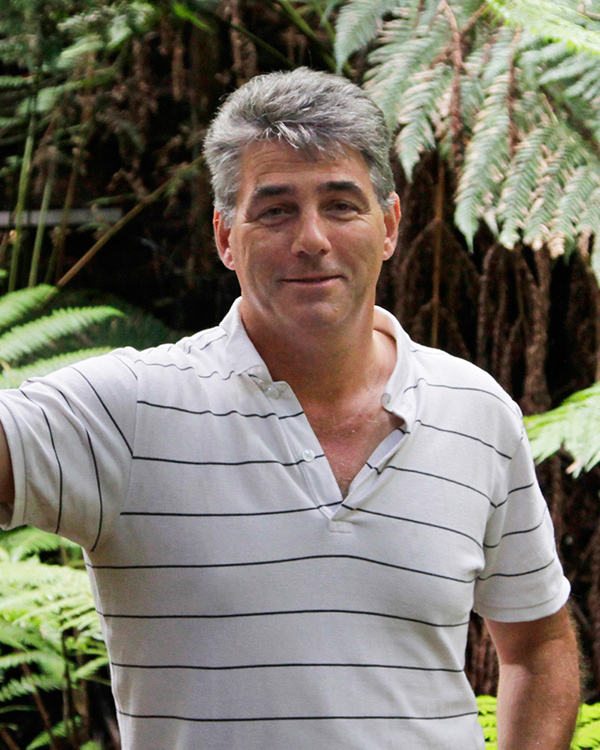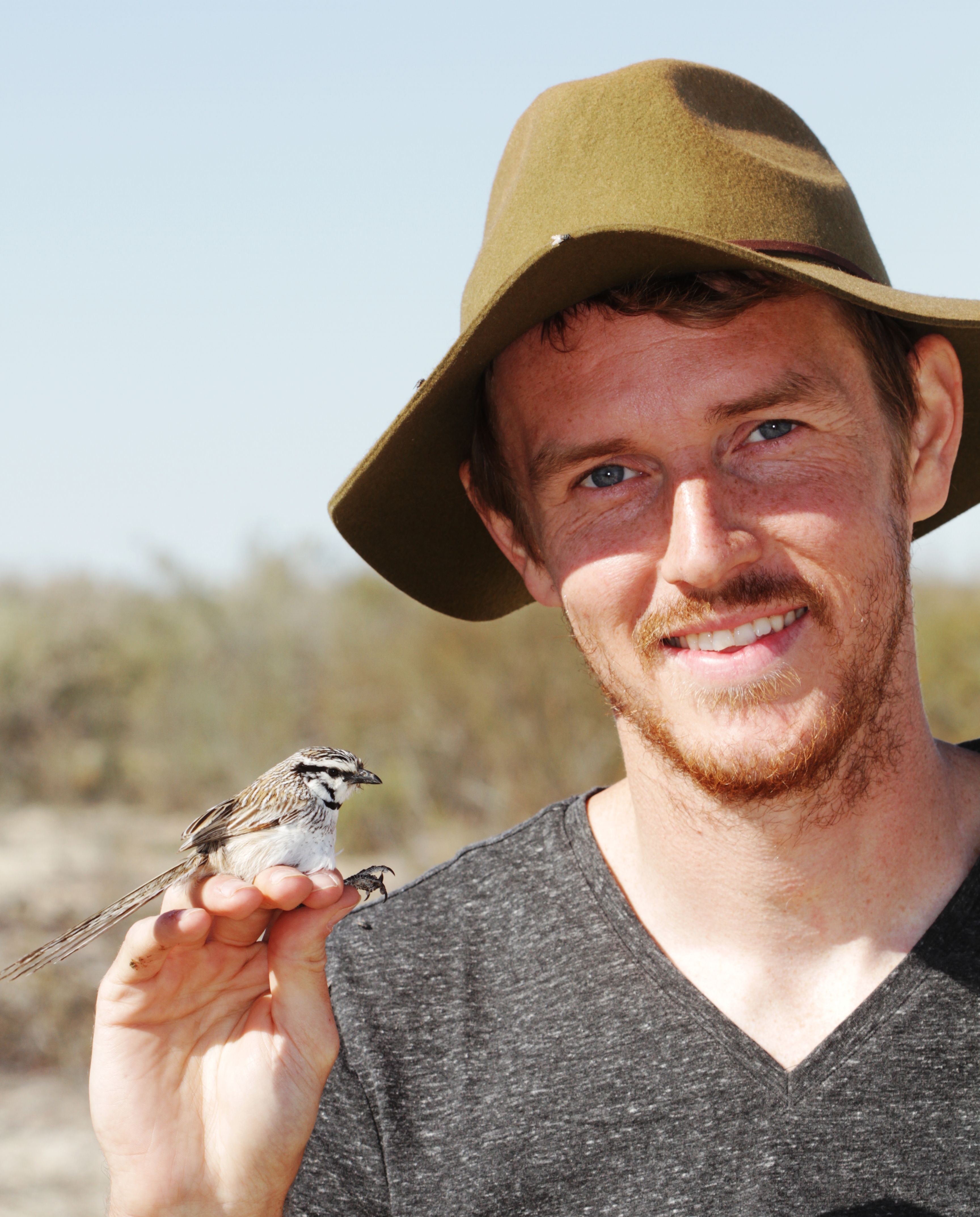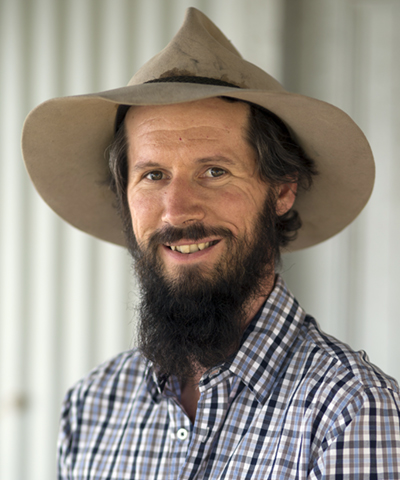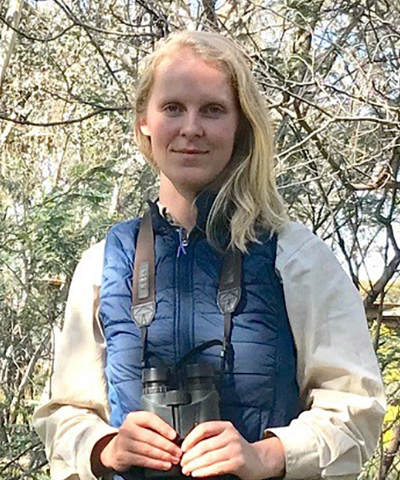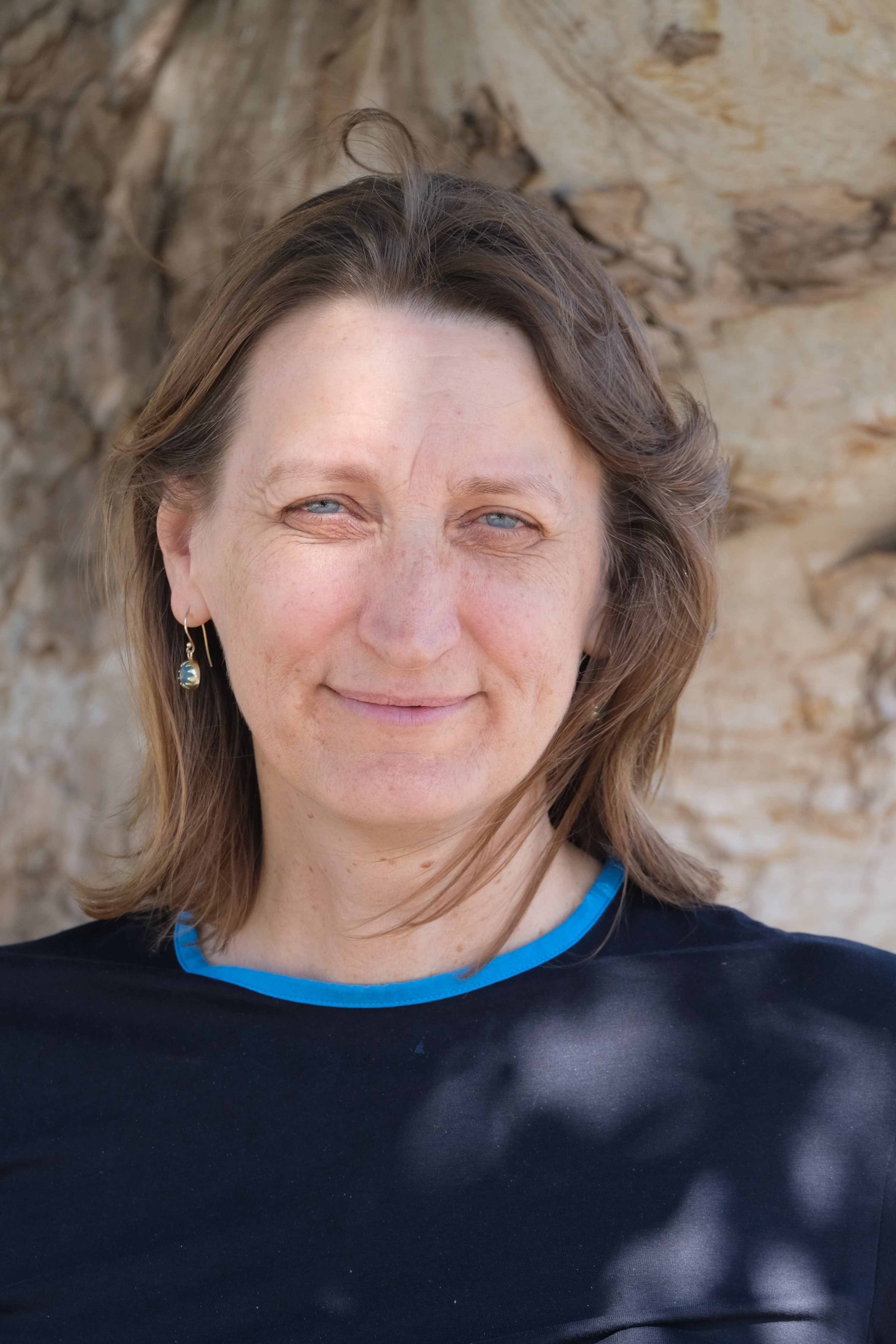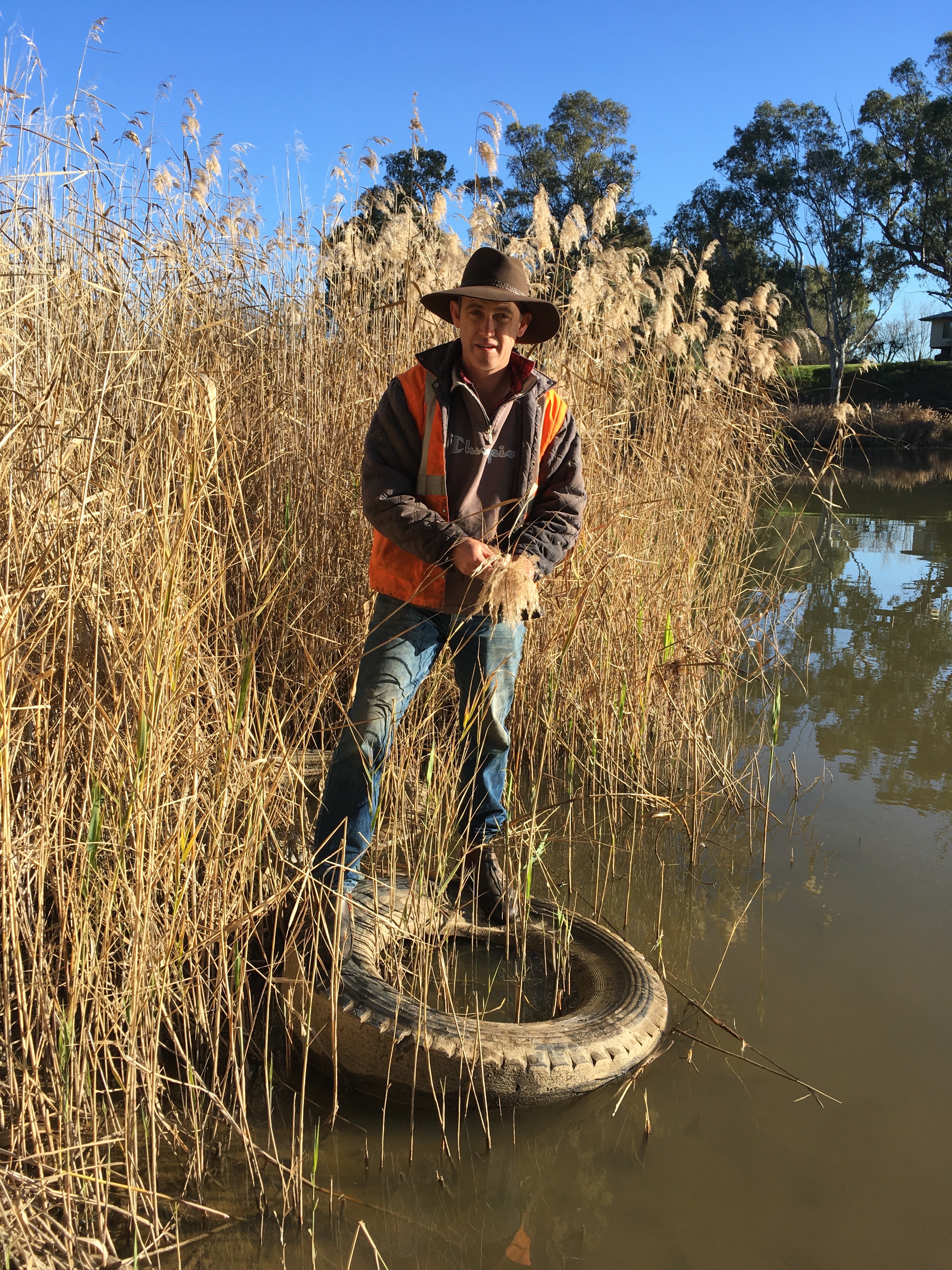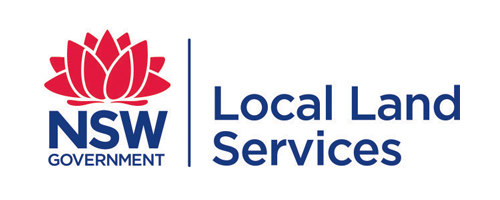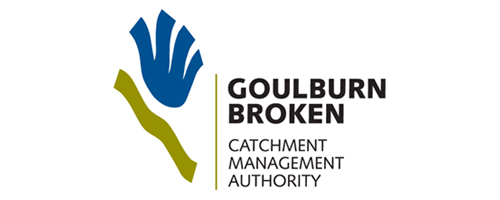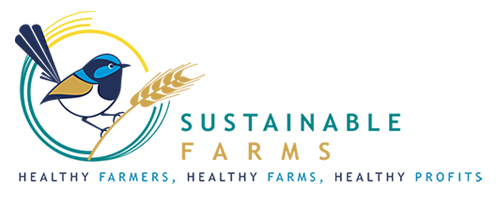
Project: 1.2.1
Conservation of box gum grassy woodlands and the threatened species within them
Project Leaders: David Lindenmayer , David Smith , Daniel Florance
Research in brief
This project focuses on refining and enhancing management strategies for the Threatened Ecological Community of the box gum grassy woodlands of southern eastern Australia. The project aims to improve our understanding of how to manage and restore ecosystem values and critical habitat features.
The team collaborates with partners and landholders to experimentally quantify the effectiveness of on-ground practical recovery strategies that benefit the woodlands and their biodiversity. Long-term monitoring will help inform long-term trends for the woodlands and their species. The findings will lead to effective local land conservation strategies, management actions, plans and policies to prevent ongoing biodiversity declines and conserve the woodlands and their threatened species.
Why is the research needed?
White Box–Yellow Box–Blakely’s Red Gum Grassy Woodlands and Derived Native Grasslands are a Critically Endangered Threatened Ecological Community that occurs across New South Wales, north-eastern Victoria, southern Queensland and the Australian Capital Territory. It provides critical habitat that supports a rich diversity of animals and plants, including many threatened species.
Estimates suggest that 95 to 99% of the original cover of these woodlands has been cleared to create croplands and pastures for livestock grazing. The loss of large areas of these woodlands has resulted in small woodland patches dotting the Australian landscape, primarily on agricultural lands. They tend to be degraded, heavily grazed on agricultural sites and invaded by weeds.
Adaptive management strategies to restore and protect woodland patches will improve the condition and extent of this Critically Endangered ecosystem and benefit threatened species and biodiversity that depend on the woodlands for habitat.
Private land conservation requires programs and plans that are based on strong evidence and can be readily incorporated by landholders. The research will identify key measures that policy-makers, program managers and natural resource managers can implement to improve opportunities and incentives for conservation and restoration of box gum grassy woodlands and derived native grasslands on private land. Working with The Australian National University’s Sustainable Farms project, the research will also identify actions that landowners can implement to protect and restore woodlands, critical habitat for threatened species and other biodiversity values on their lands.
Protecting and restoring woodland patches is essential for the long-term sustainability of this Threatened Ecological Community under changing environmental conditions. With droughts and heatwaves likely to worsen in coming decades, identifying effective strategies to protect and restore these patches is becoming ever more critical. Recovering this ecosystem and its values could also provide necessary habitat for the survival of plants and animals and improve the condition of the landscape for productive uses.
How can the research help?
The focus on managing an ecological community can produce ecologically effective and cost-effective outcomes that benefit a range of species in the box gum grassy woodland ecosystem.
Comprehensive knowledge of this ecosystem will strengthen our understanding of the actions necessary to restore ecosystem values, help identify effective management interventions and address key threatening processes to halt the declines of the community and its biodiversity. By examining the impacts of particular species (e.g., invasive weeds and hyper-aggressive noisy miners), ecological practices (e.g., grazing), and restoration and revegetation efforts to recover threatened species, our research will identify key management actions needed for recovering this ecological community and the species it supports. Our on-the-ground experiments at Nanangroe and the South West Slopes will identify practical techniques to restore degraded habitats and improve community buy-in from private landowners and local communities to implement research insights.
Additionally, long-term monitoring of threatened species and biodiversity in box gum grassy woodlands offers insights on changes to species’ life history and population trajectories that vary in space and over time across a changing environment. These insights will shape the management recommendations for revegetation, restoration and protection to improve biodiversity conservation efforts over the long term.
The project will help by:
- documenting long-term trajectories of threatened species and critical ecosystem features to determine factors that influence changes in populations to support future projections and long-term planning.
- determining whether plantings of different ages on private lands can maintain woodland birds and other biodiversity to inform spatial restoration planning for agricultural landscapes.
- integrating input cost data with long-term management and biodiversity data to determine optimal places for cost-effective revegetation programs.
 Brown treecreeper, a species found in box gum grassy woodlands. Image: Dave Curtis
Brown treecreeper, a species found in box gum grassy woodlands. Image: Dave Curtis
What research activities are being undertaken?
We will conduct a series of field trials, experiments, targeted studies and analysis of long-term monitoring data to identify effective actions to conserve and restore Critically Endangered box gum grassy woodlands.
This project involves the following subprojects:
- Project 1.2.1.2 Can culling noisy miners benefit threatened woodland birds?
- Project 1.2.1.3 Survival and persistence of woodland birds in restoration plantings
- Project 1.2.1.4 How bird communities change in relation to vegetation change
- Project 1.2.1.5 Testing the effectiveness of nest boxes for threatened species
- Project 1.2.16 Enhancing critical habitat for the pink-tailed worm lizard in agricultural landscapes
- Project 1.2.1.7 Restoring the endangered Yass daisy
This project will also work closely with:
Project 1.2.4 Ecosystem accounts in box gum grassy woodlands
Who is involved?
The project is being led by researchers from The Australian National University in collaboration with the Sustainable Farms Initiative, Local Land Services, Catchment Management Authorities and local Landcare groups.
Where is the research happening?
The research will occur across the extent of the nationally endangered ecological communities Box Gum Grassy Woodlands and Derived Native Grasslands in north-eastern Victoria, central New South Wales and south-east Queensland.
When is the research happening?
The projects will run between 2015 and 2021.
Further information
For more information, please contact:
David Lindenmayer - David.Lindenmayer@anu.edu.au
Top image: Huon Hills woodlands. Image: David Blair
